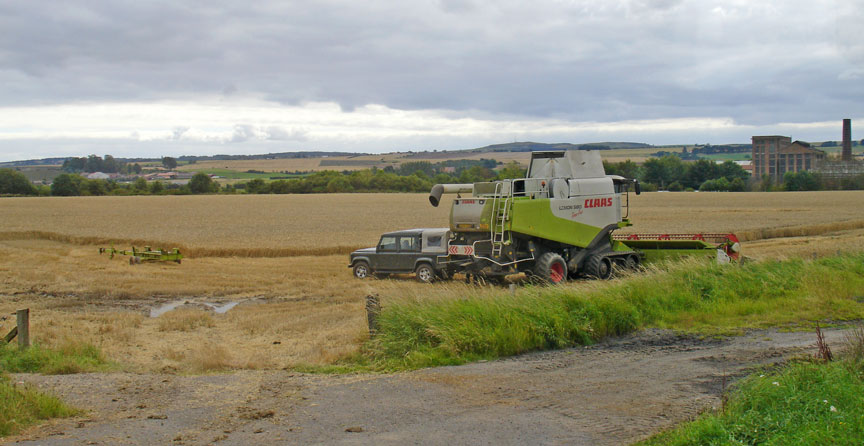

St Andrews
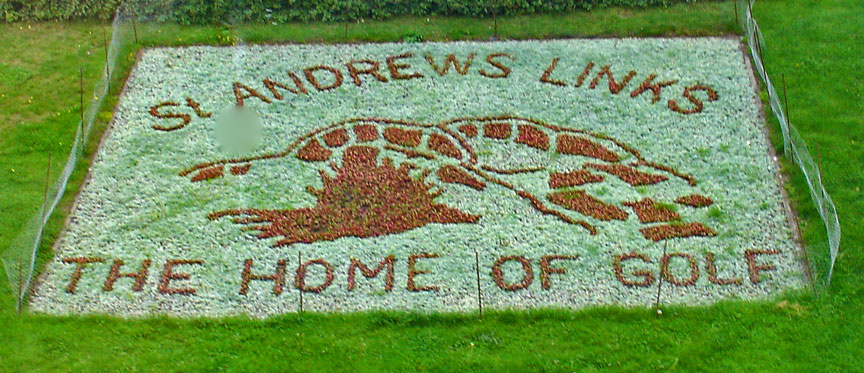
St Andrews
St Andrews is a university town and former royal burgh on the east coast of Fife in Scotland. The town, which until the later middle ages was known as Cell Rígmonaid or Kilrymont, is named after Saint Andrew the Apostle.
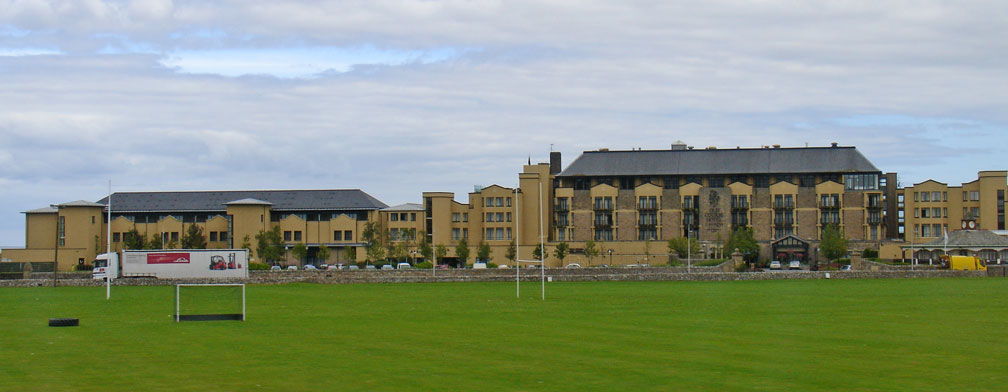
St Andrews Golf
St Andrews has a population of 16,680, making this the fifth largest settlement in Fife.
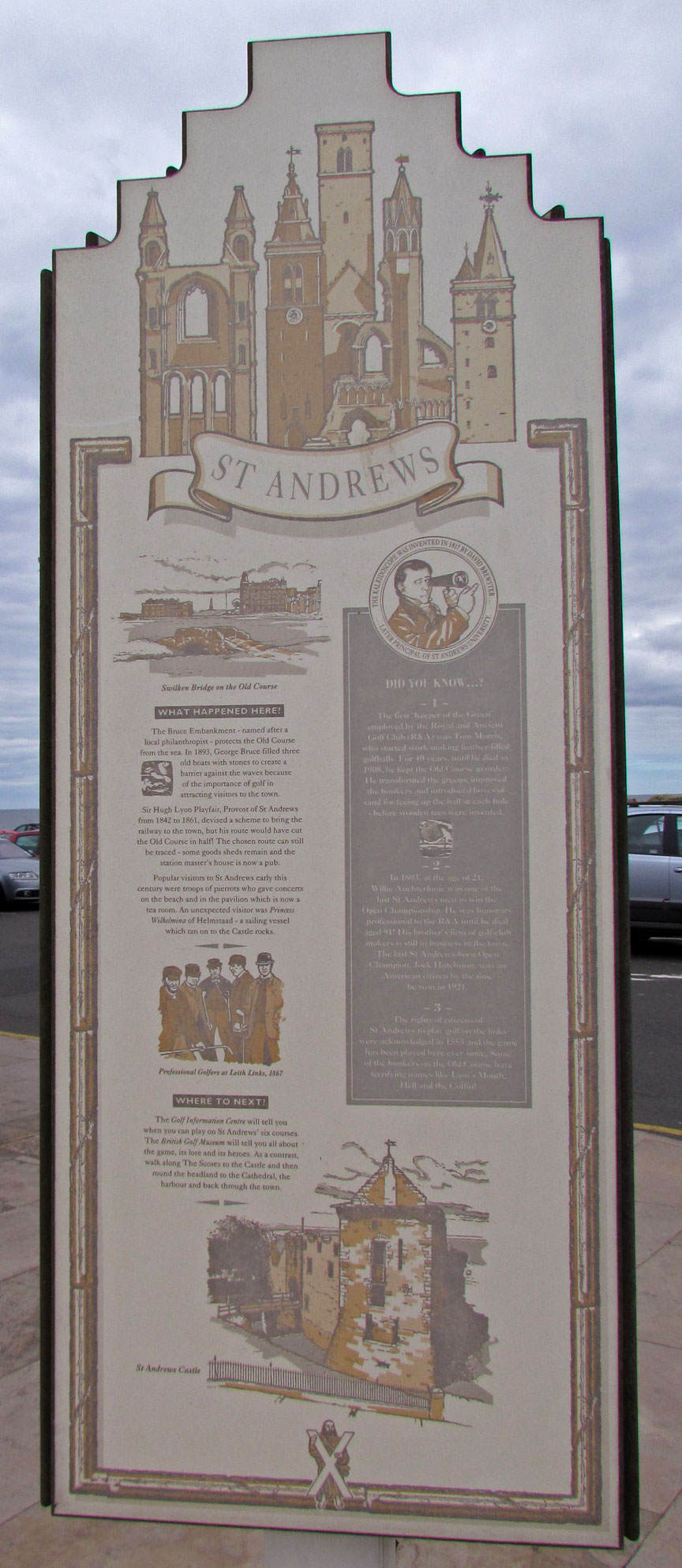
There has been an important church in St Andrews since at least the 8th century,
and a bishopric since at least the 11th century. The settlement grew to the west
of St Andrews cathedral with the southern side of the Scores to the north and
the Kinness burn to the south. The burgh soon became the ecclesiastical capital
of Scotland, a position which was held until the Scottish Reformation. The
famous cathedral, the largest in Scotland, now lies in ruins.
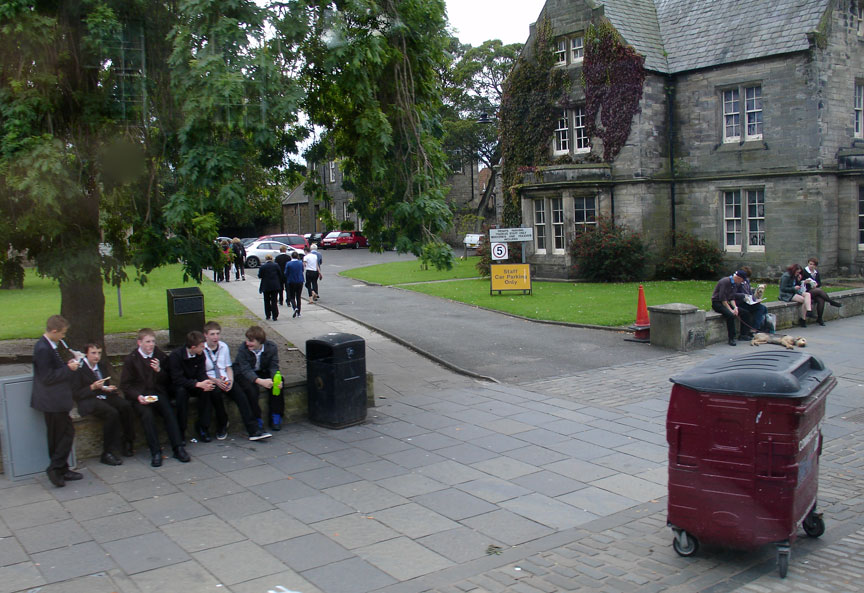
University students
The town is home to the University of St Andrews, the third oldest university in the English-speaking world and one of the UK's most prestigious. The University is an integral part of the burgh, and during term time students make up approximately one third of the town's population.
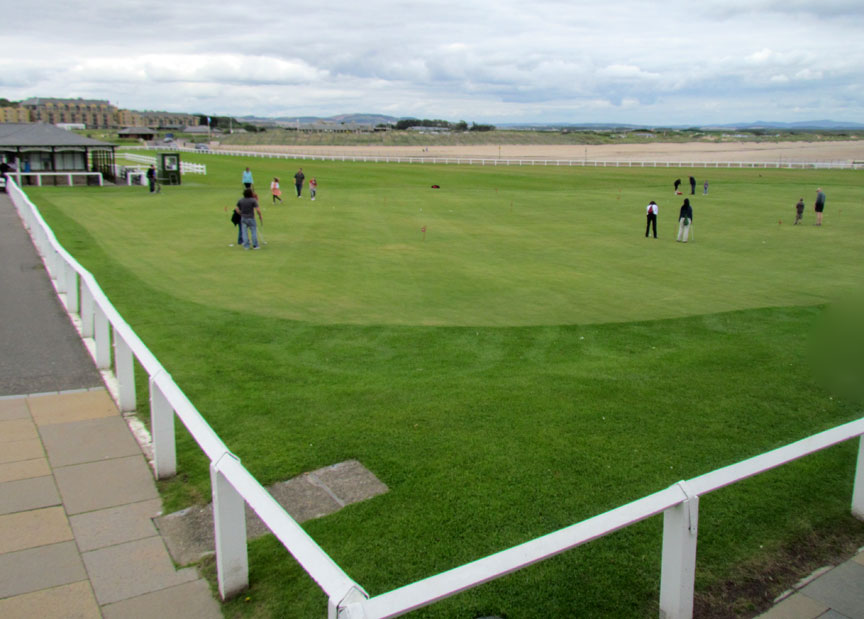
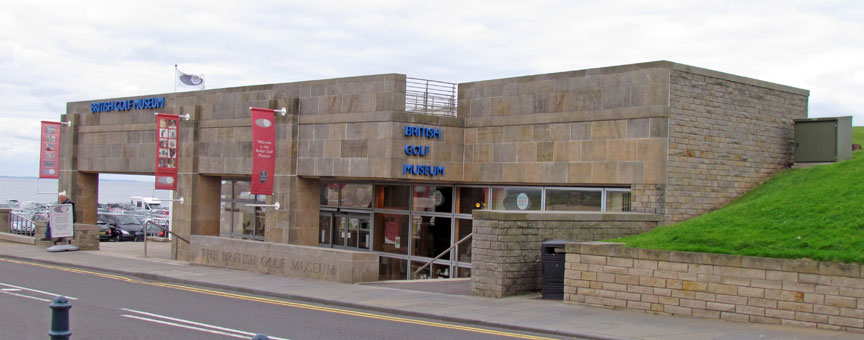
British Golf Museum
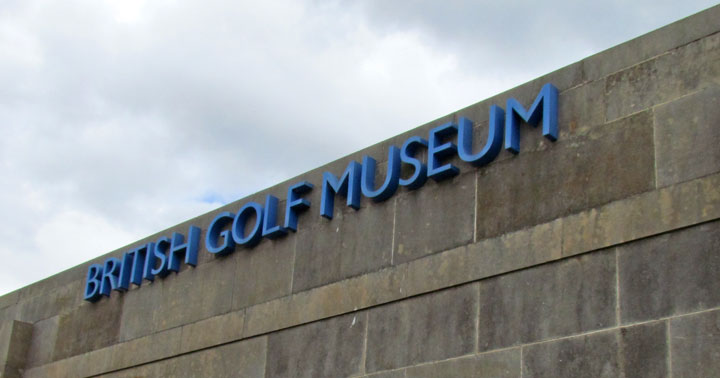
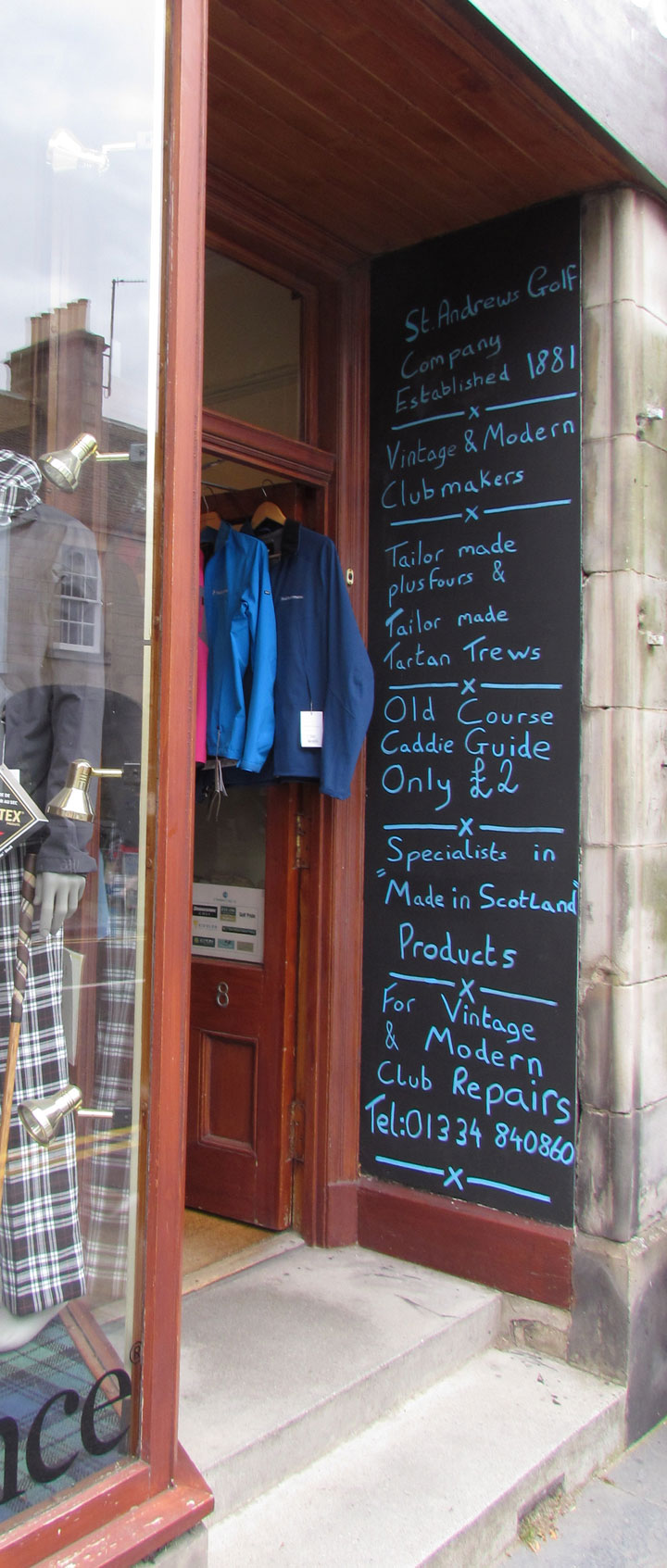
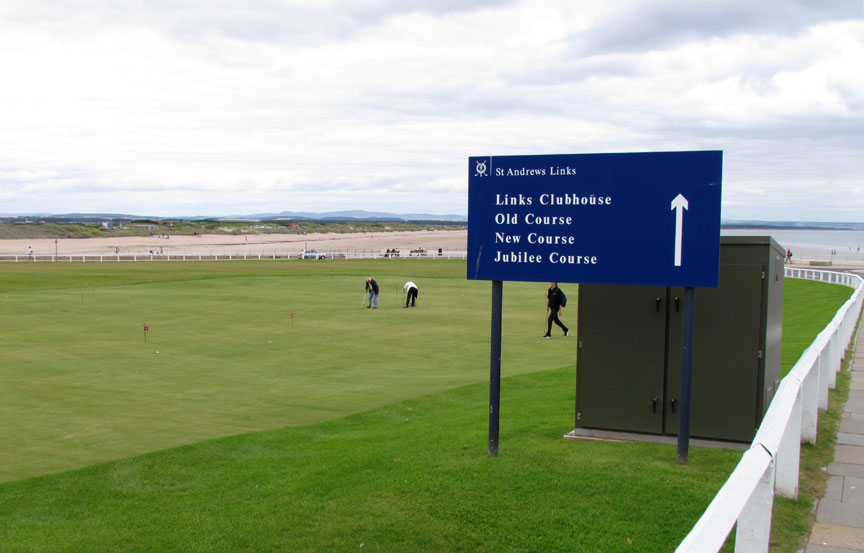
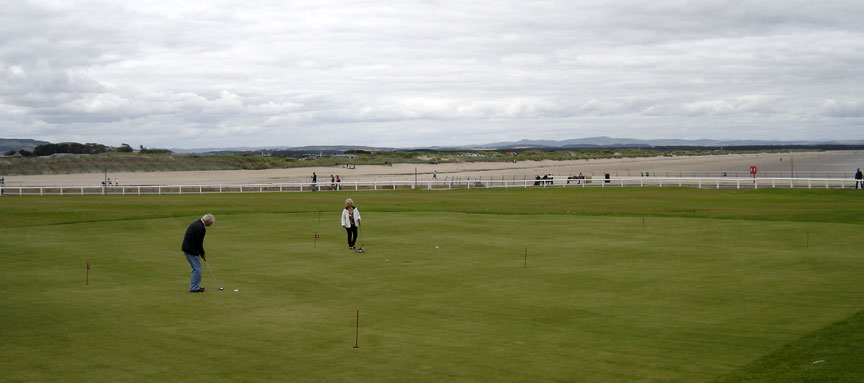
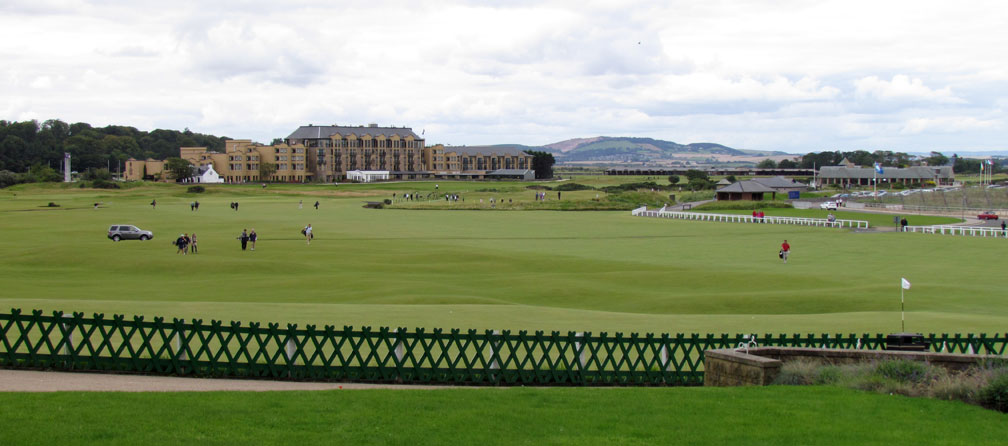
St Andrews is also known worldwide as the "home of golf". This is in part
because the Royal and Ancient Golf Club, founded in 1754, exercises legislative
authority over the game worldwide (except in the United States and Mexico), and
also because the famous links (acquired by the town in 1894) is the most
frequent venue for The Open Championship, the oldest of golf's four major
championships. Visitors travel to St Andrews in great numbers for several
courses ranked amongst the finest in the world, as well as for the sandy
beaches.
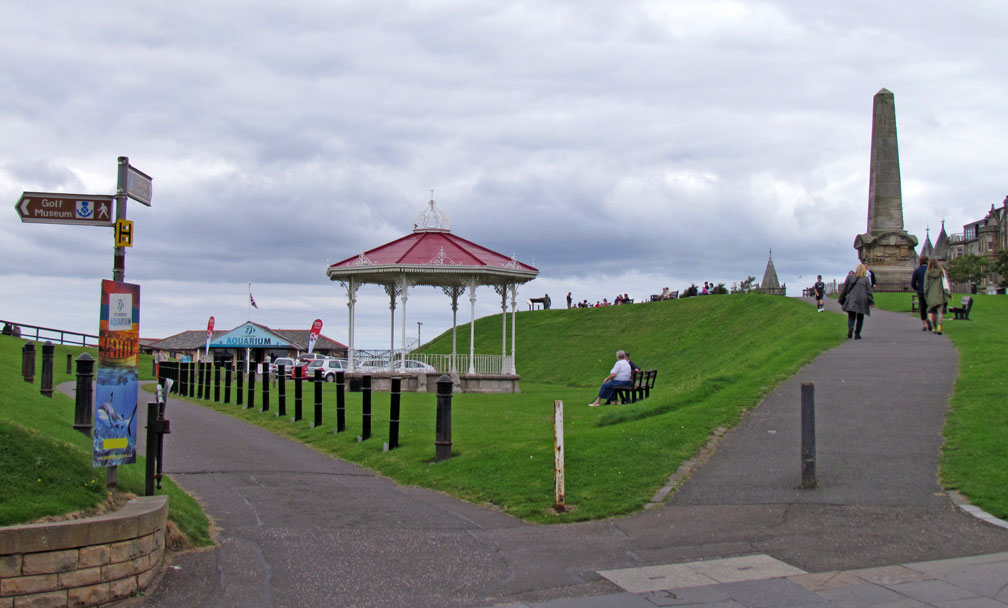
The Martyrs Memorial, erected to the honour of Patrick Hamilton, George Wishart,
and other martyrs of the Reformation epoch, stands at the west end of the Scores
on a cliff overlooking the sea.
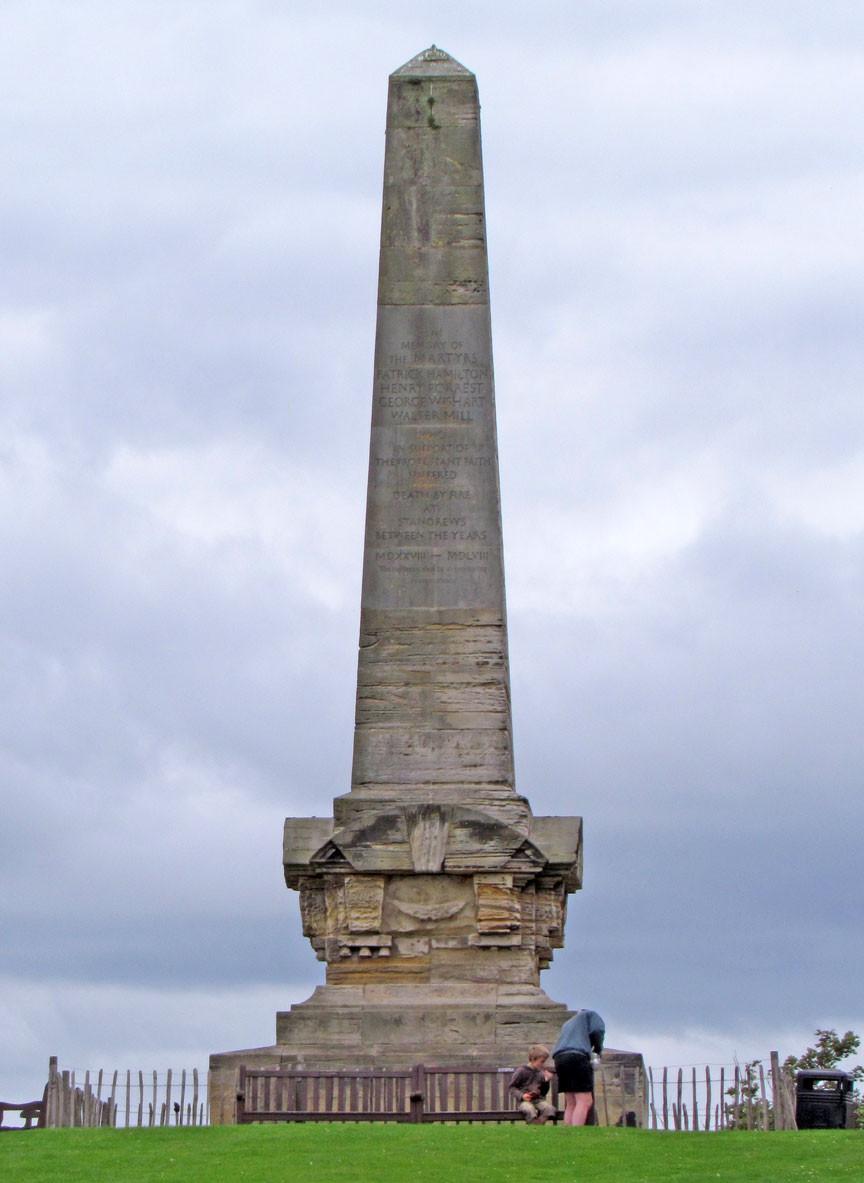
The first inhabitants who settled on the estuary fringes of the river Tay and
Eden during the mesolithic (middle stone age) coming from the plains in Northern
Europe between 10,000 to 5,000 BC. This was followed by the nomadic people who
settled around the modern town around 4,500 BC as farmers cleaning the area of
woodland and building monuments.
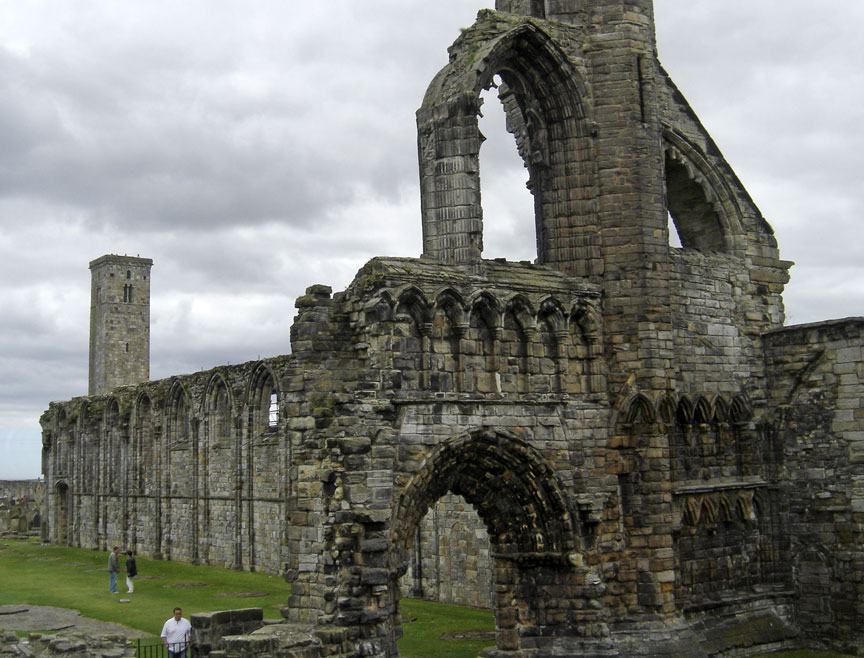
St Andrews cathedral
The earliest recorded name of the areas is Muckross, meaning Boar's head/peninsula. After the founding of a religious settlement in Muckross in around 370 AD, the name changed to Cennrigmonaid (Old Irish for "King's cell head/ or King's church peninsula") for the memory of Túathalán, abbot of "Cennrígmonaid". In 906AD, the town became the seat of the bishop of Alba, with the boundaries being extended to include land between the River Forth and River Tweed.
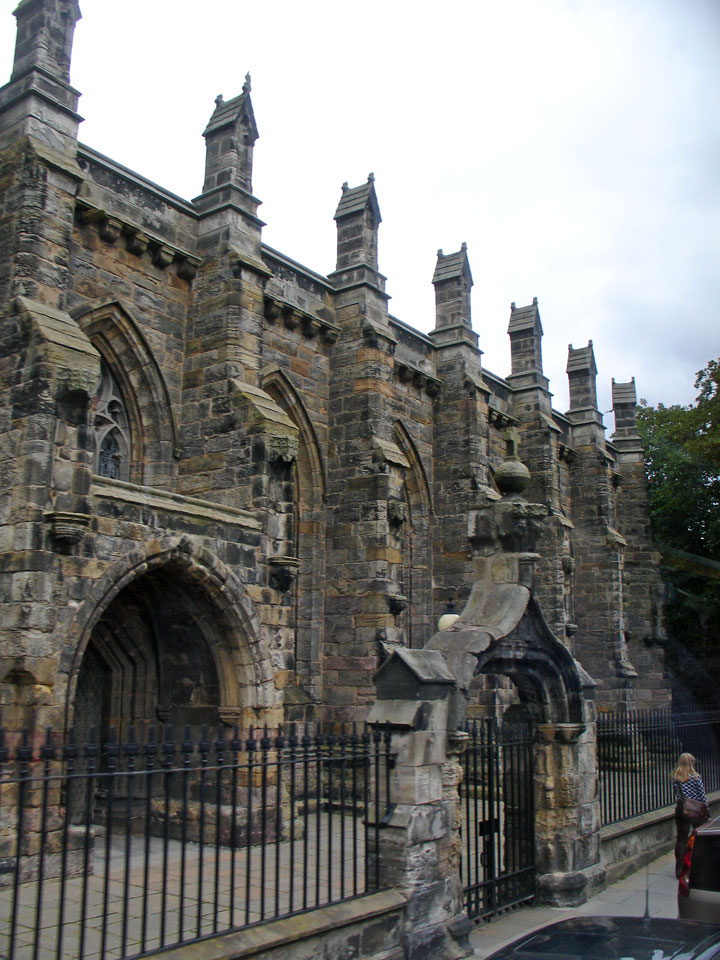
The establishment of the present town began around 1140 by Bishop Robert on a
L-shaped vill, possibly on the site of the ruined St Andrews Castle.[5]
According to a charter of 1170, the new burgh was built to the west of the
Cathedral precinct, along Castle Street and possibly as far as what is now known
as North Street. This means that the lay-out may have led to the creation of two
new streets (North Street and South Street) from the foundations of the new St
Andrews Cathedral filling the area inside a two-sided triangle at its apex.
The northern boundary of the burgh was the southern side of the Scores (the
street between North Street and the sea) with the southern by the Kinness Burn
and the western by the West Port. The burgh of St Andrews was first represented
at the great council at Scone Palace in 1357.
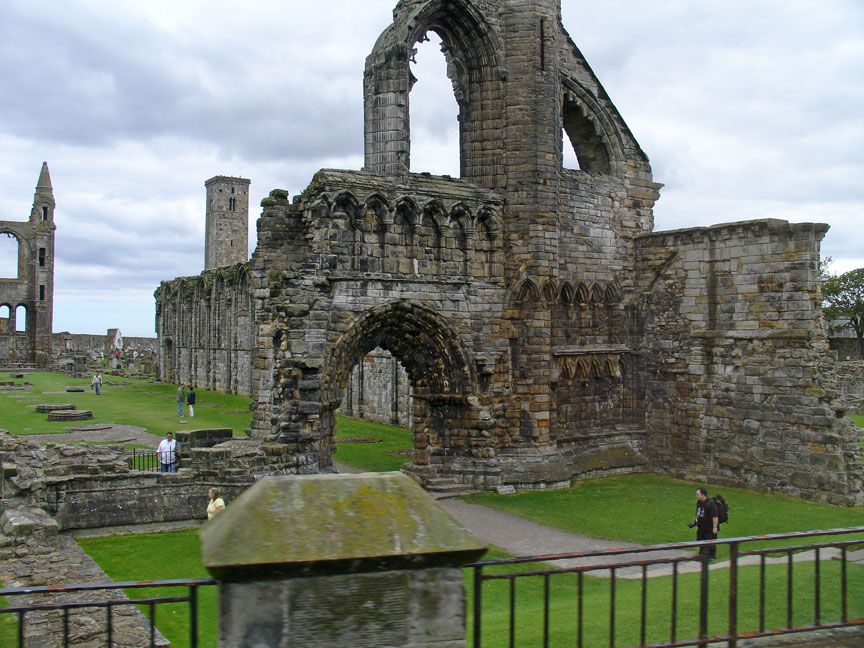
Recognised as the ecclesiastical capital of Scotland, the town now had vast
economic and political influence within Europe as a cosmopolitan town. In 1559,
the town fell into decay after the violent Scottish Reformation and the Wars of
the Three Kingdoms losing the status of ecclesiastical capital of Scotland. Even
the St Andrews University were in consideration over a re-location to Perth
around 1697 and 1698. Under the authorisation of the bishop of St Andrews, the
town was made a burgh of barony in 1614. Royal Burgh was then granted as a
charter by King James VI in 1620. In the 18th century, the town was still in
decline, but despite this the town was becoming known for having links 'well
known to golfers'. By the 19th century, the town began to expand beyond the
original medieval boundaries with streets of new houses and town villas being
built. Today, St Andrews is served by education, golf and the tourist and
conference industry.
Text from Wikipedia
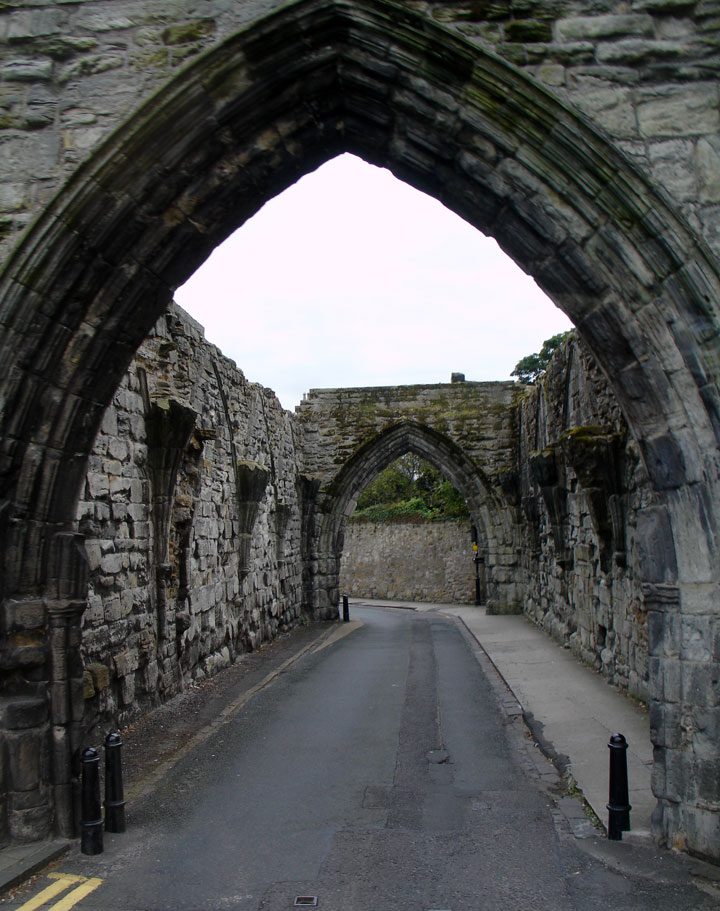
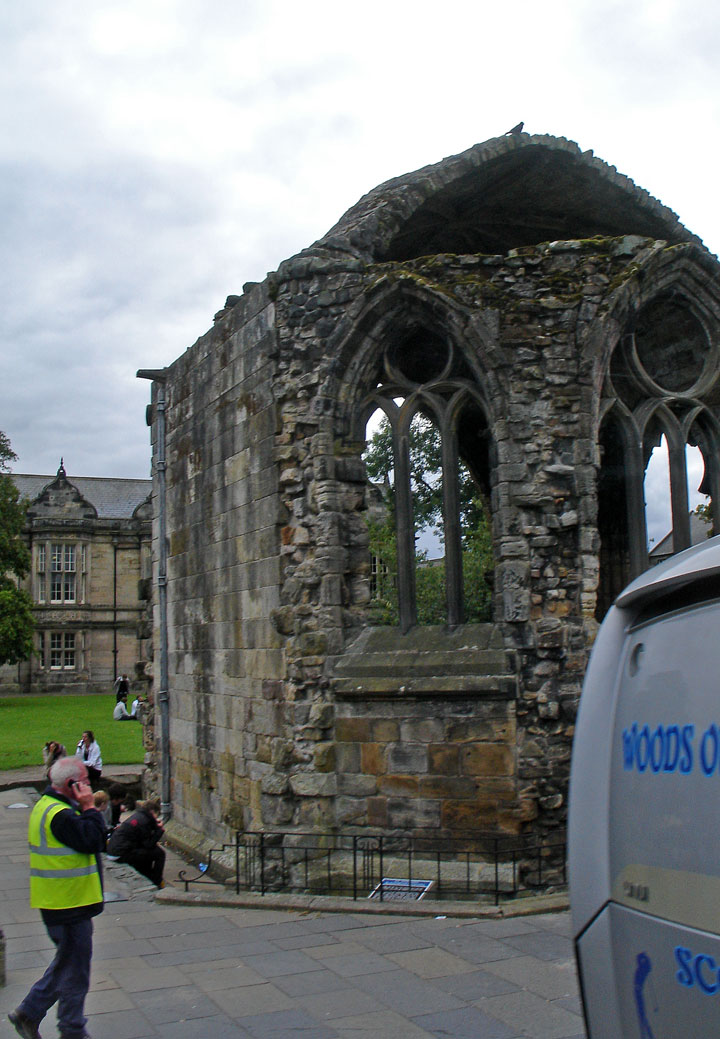
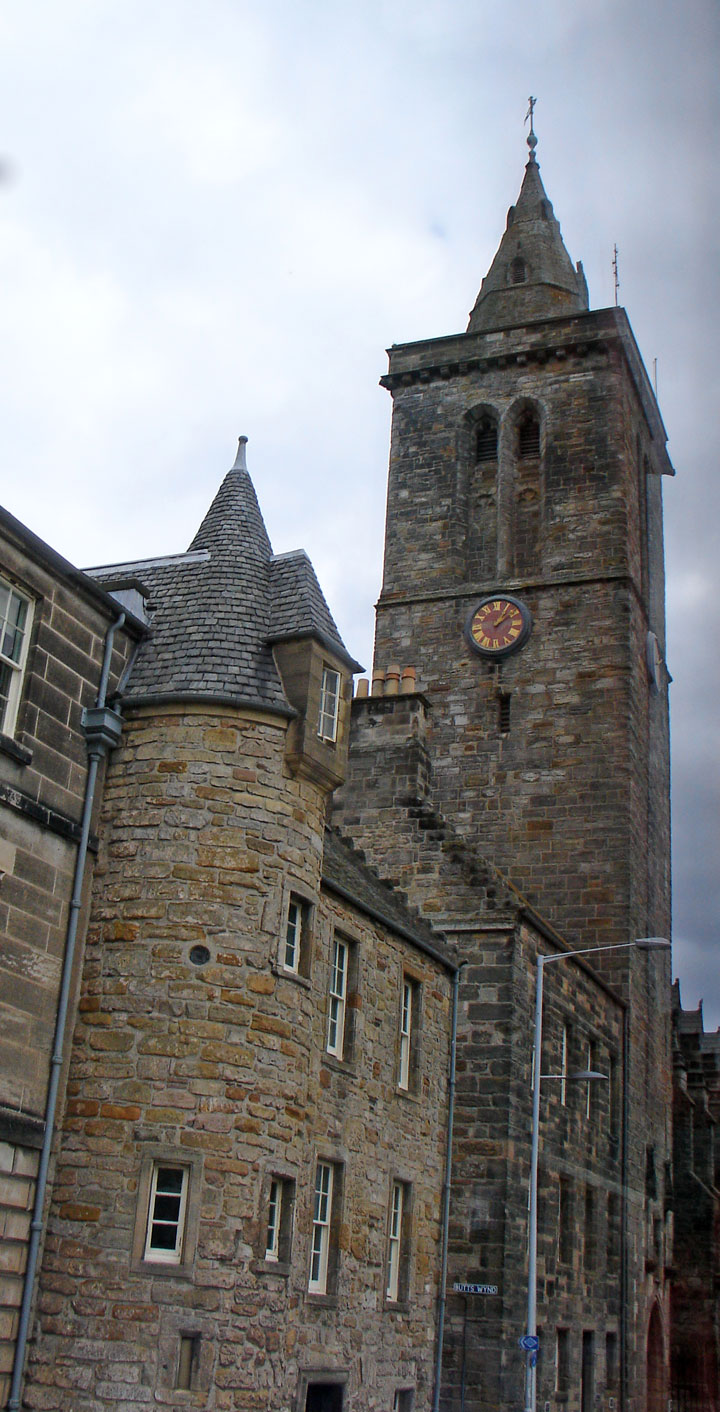
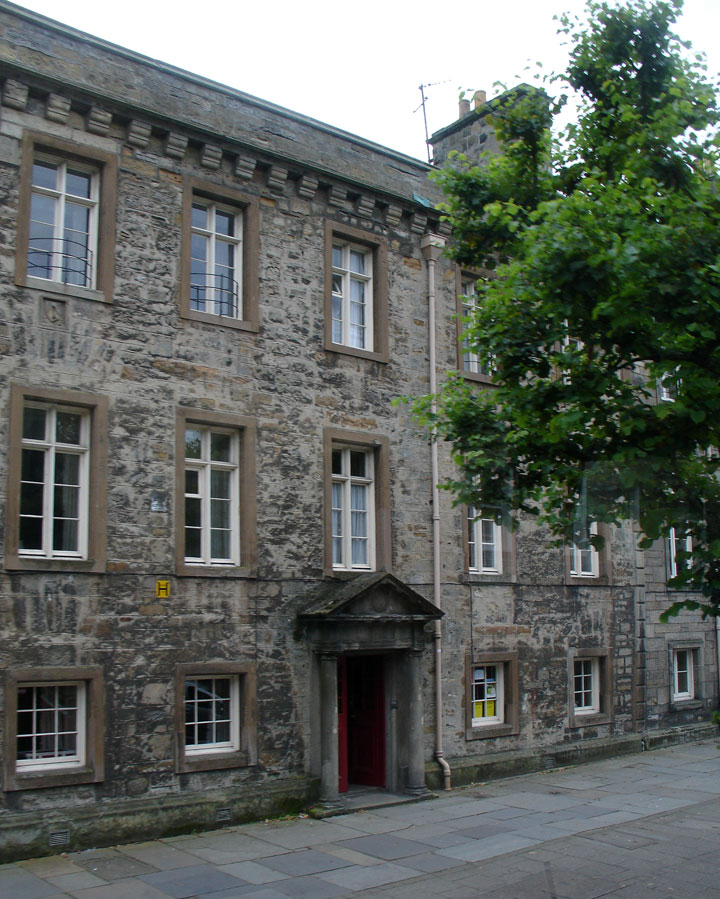
University
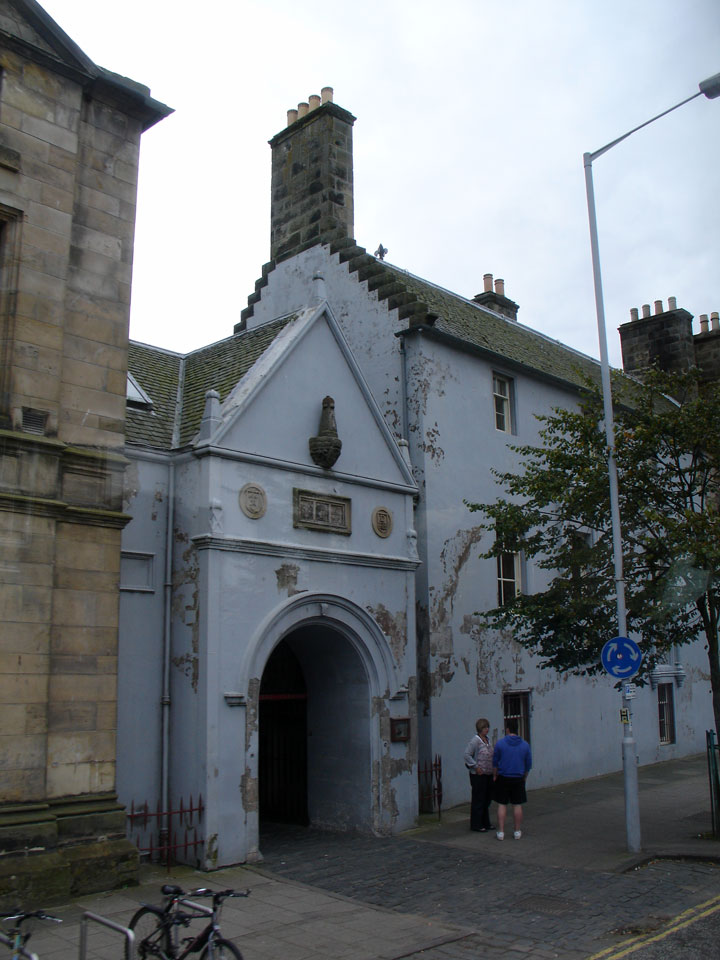
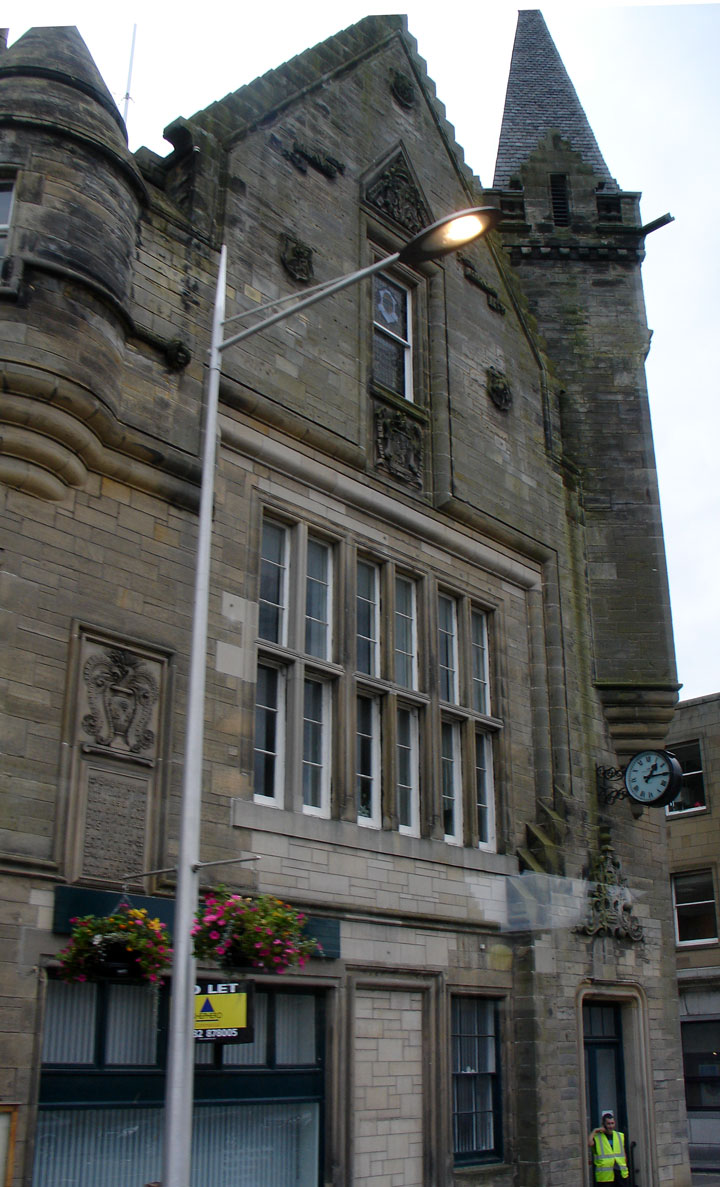
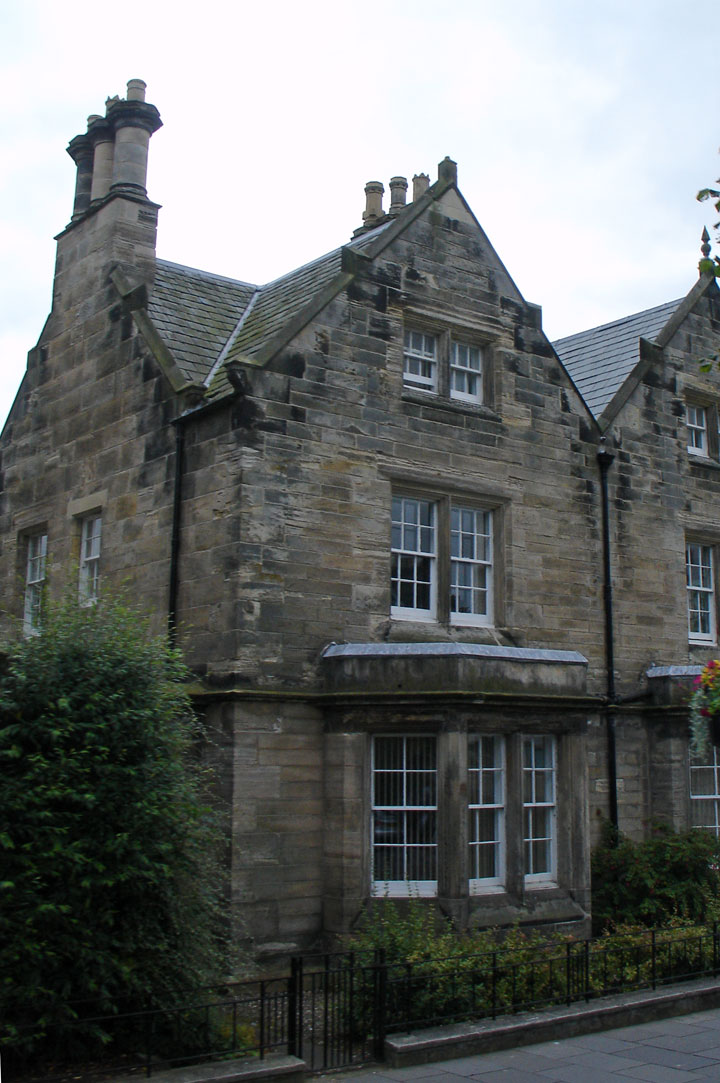
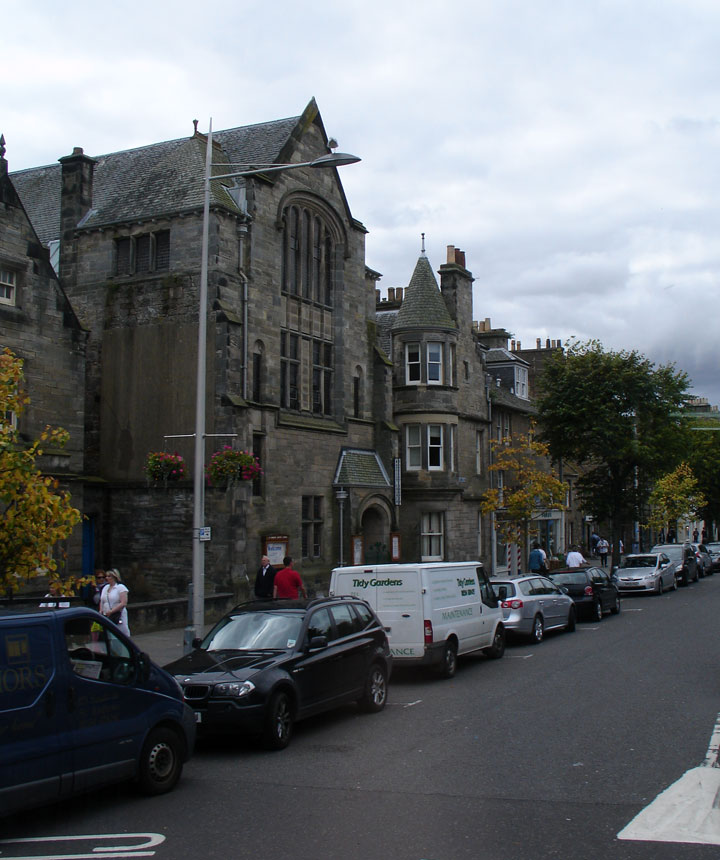
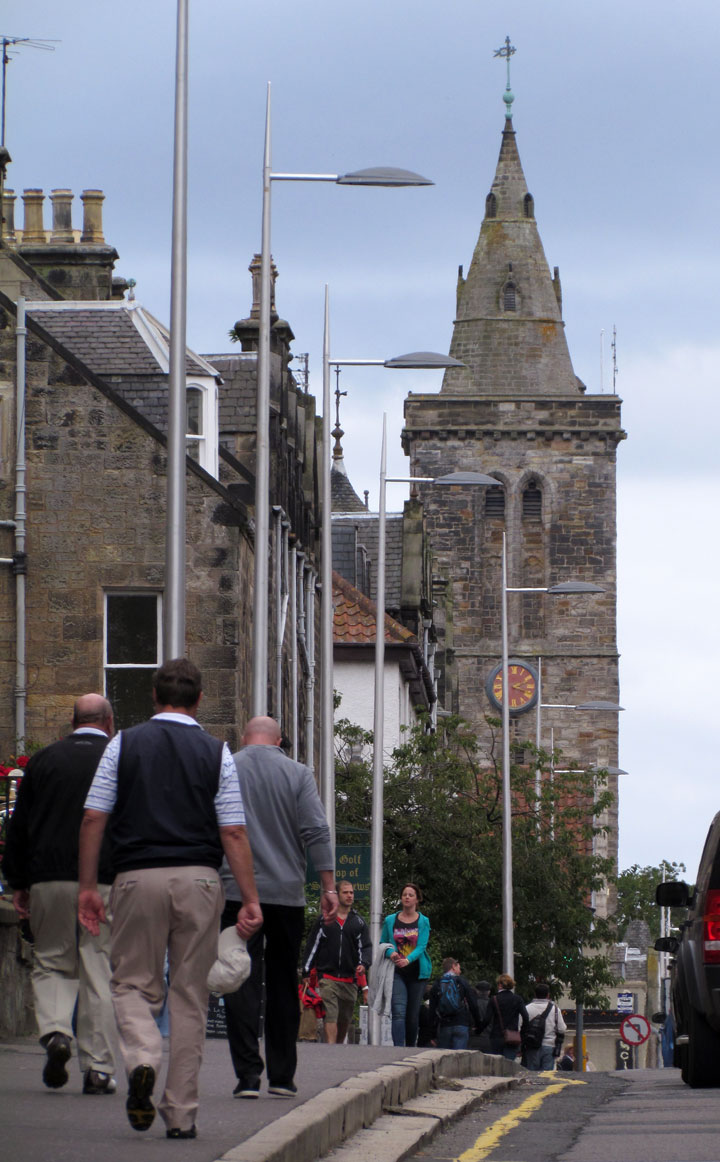
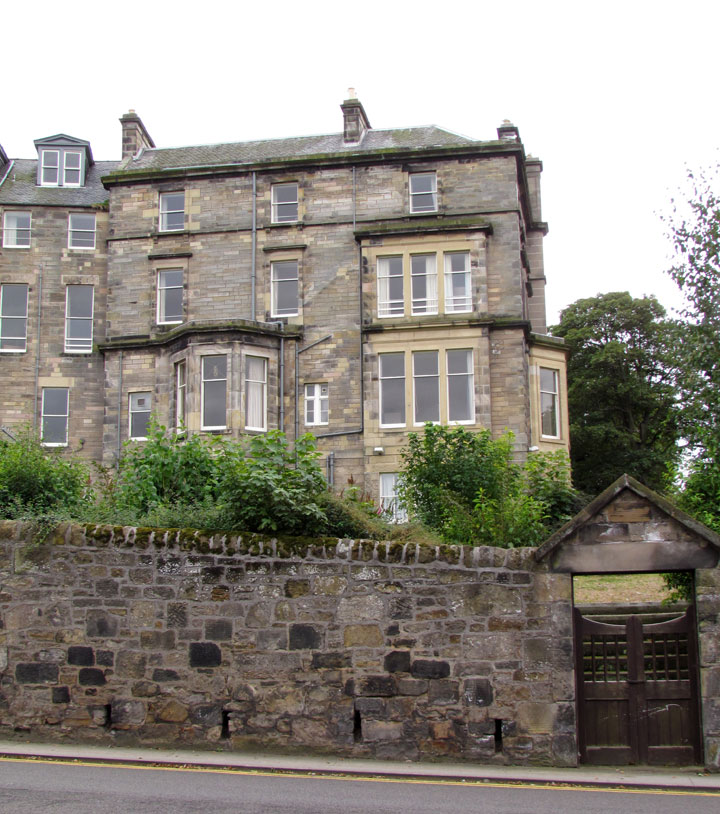
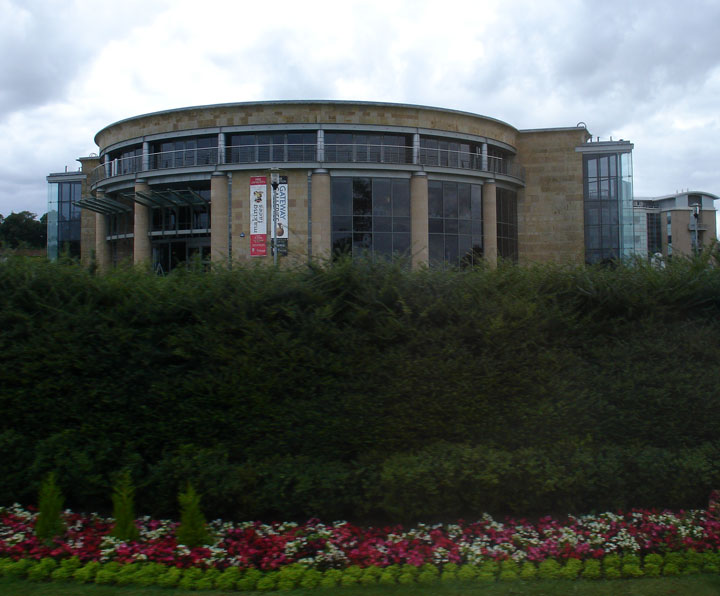
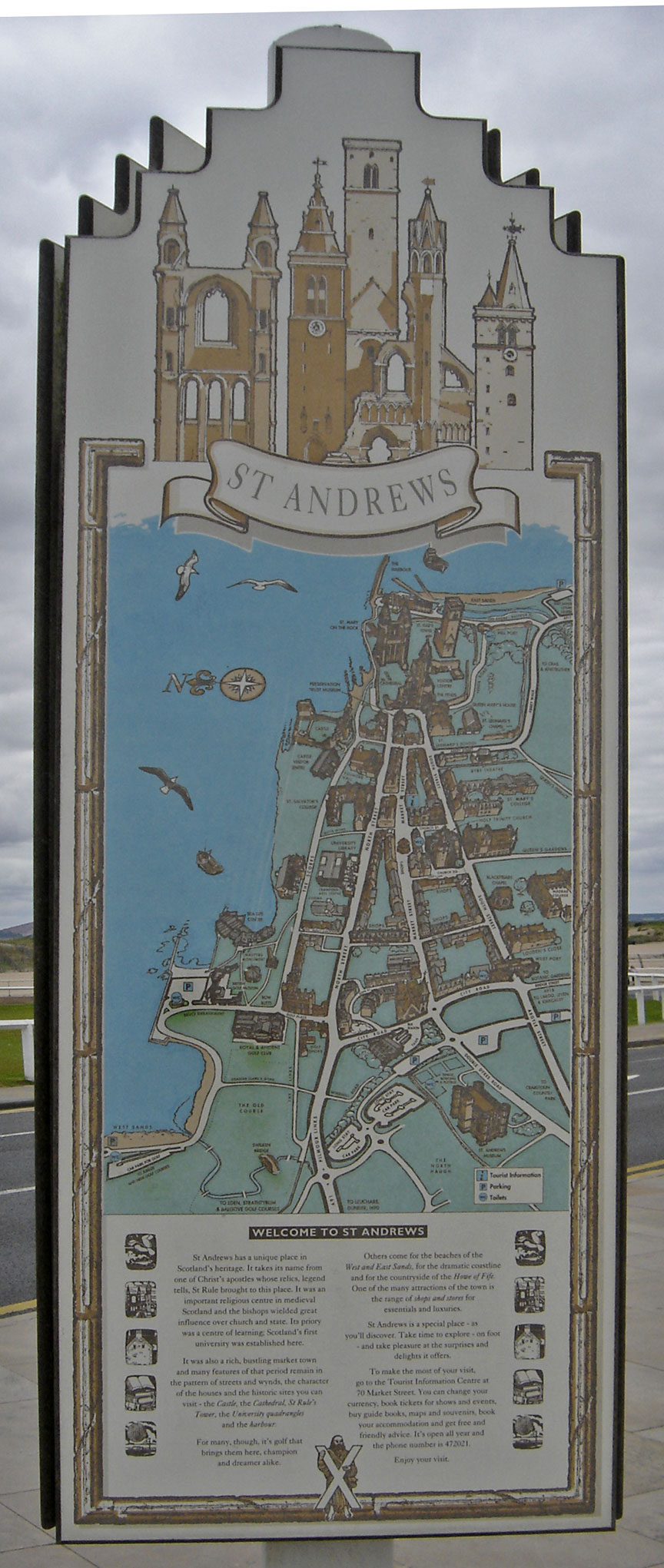
town plan
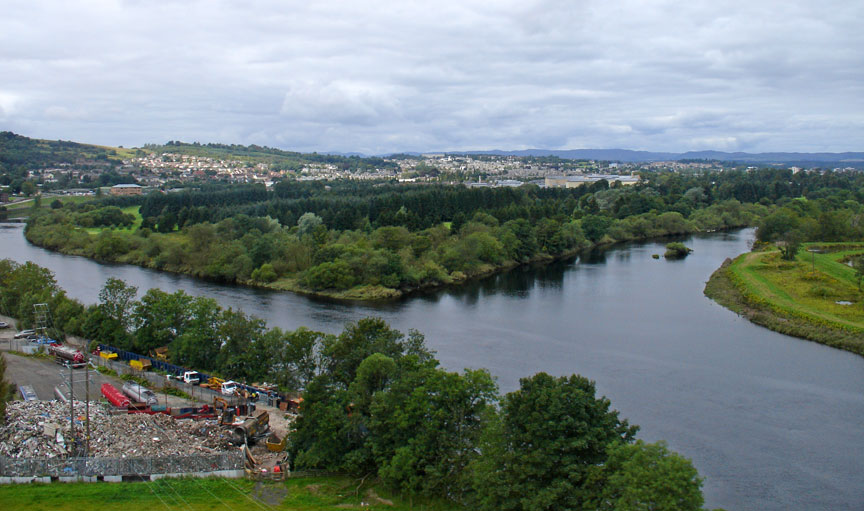
between the rivers
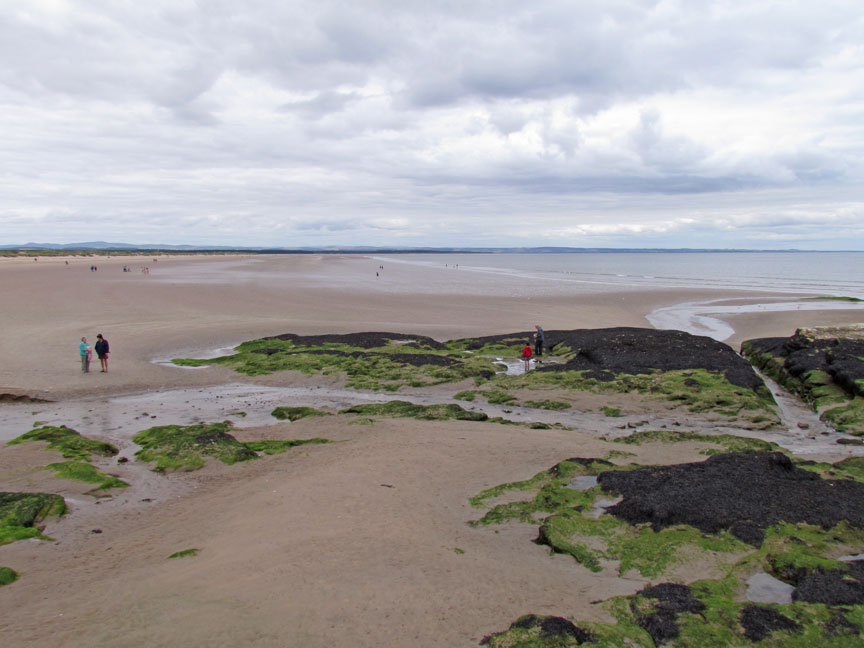
coastline
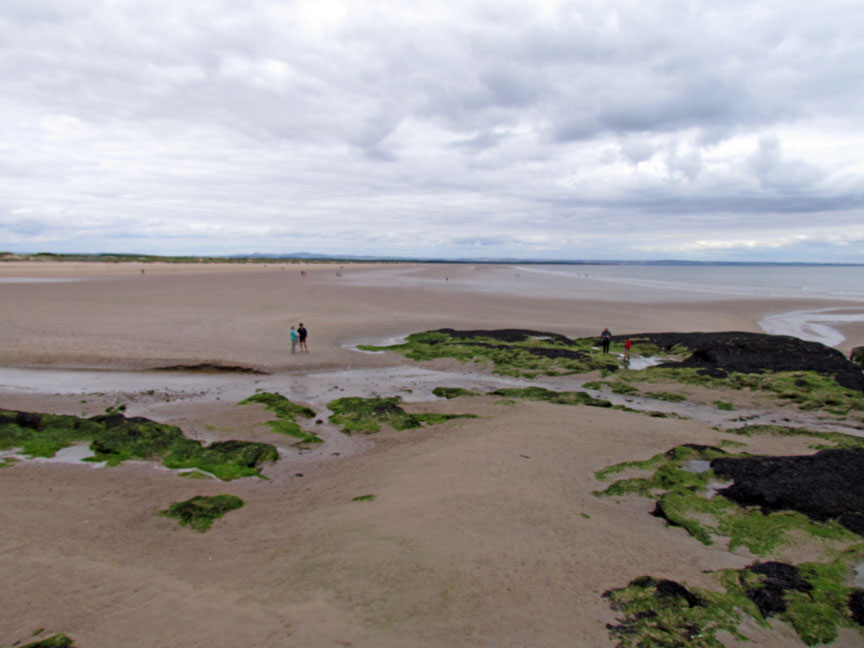
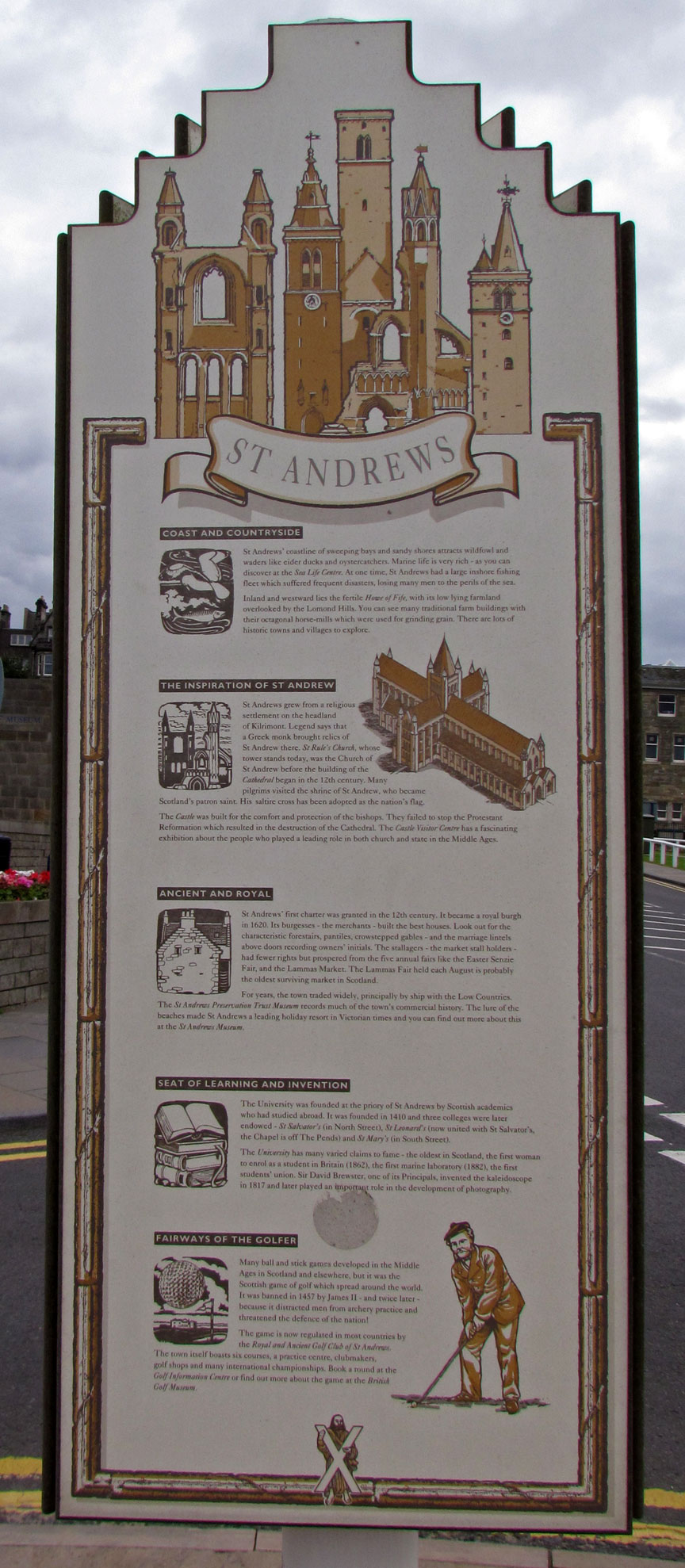
aspects of St Andrews

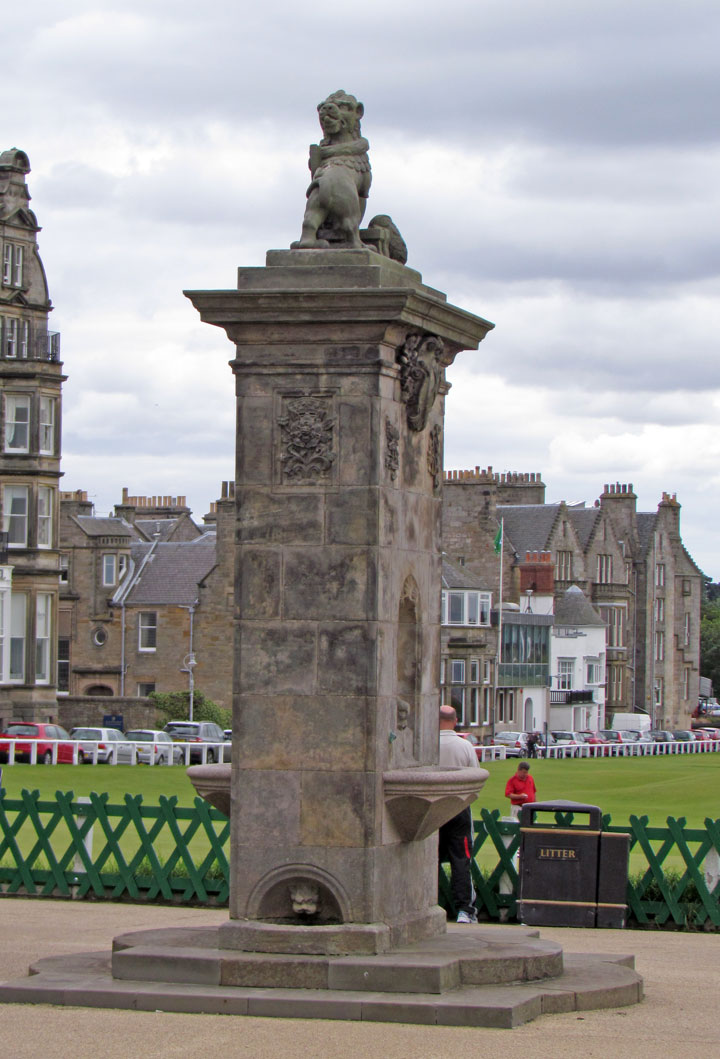
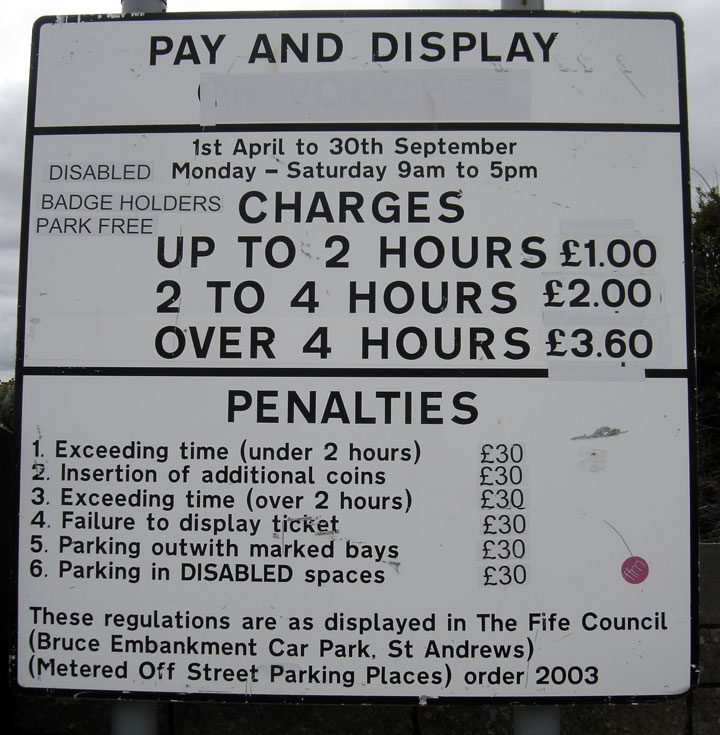
Pay to Park, but with Penalties


for the young golfer

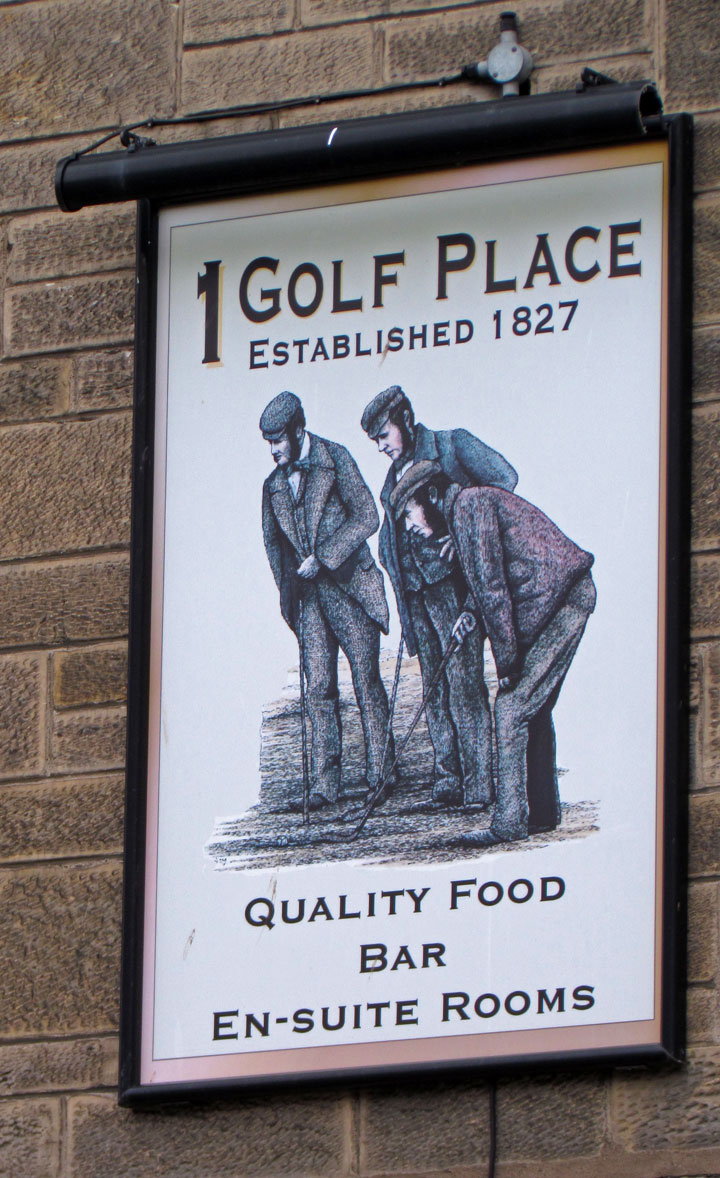
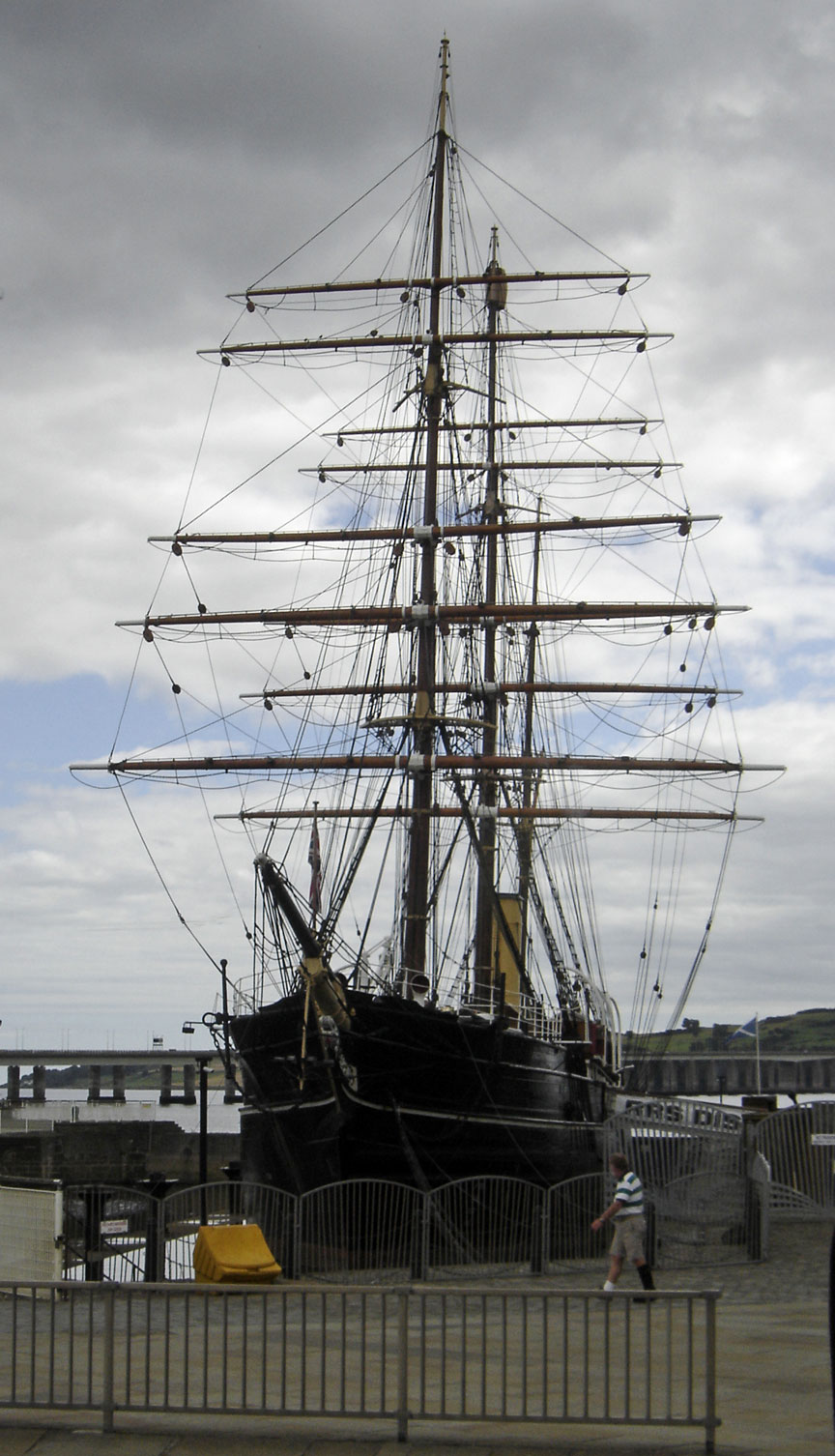
Scott's "The Discovery" ship
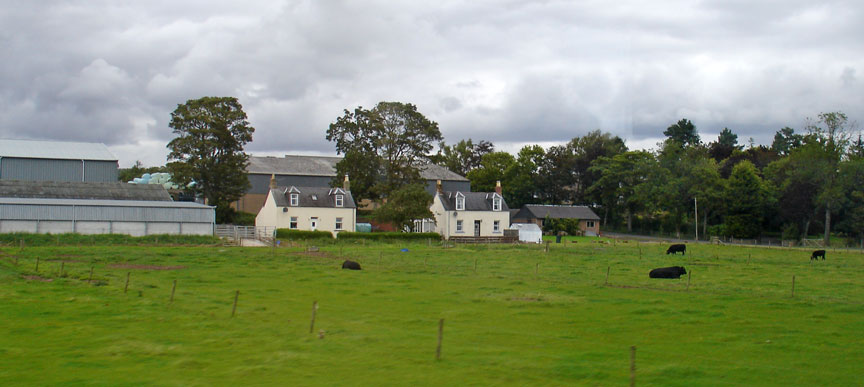
cattle farm
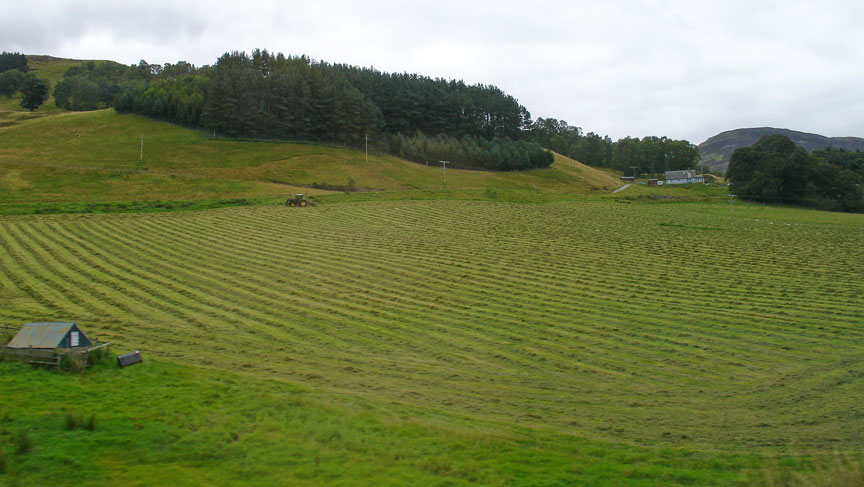

threshing rye
